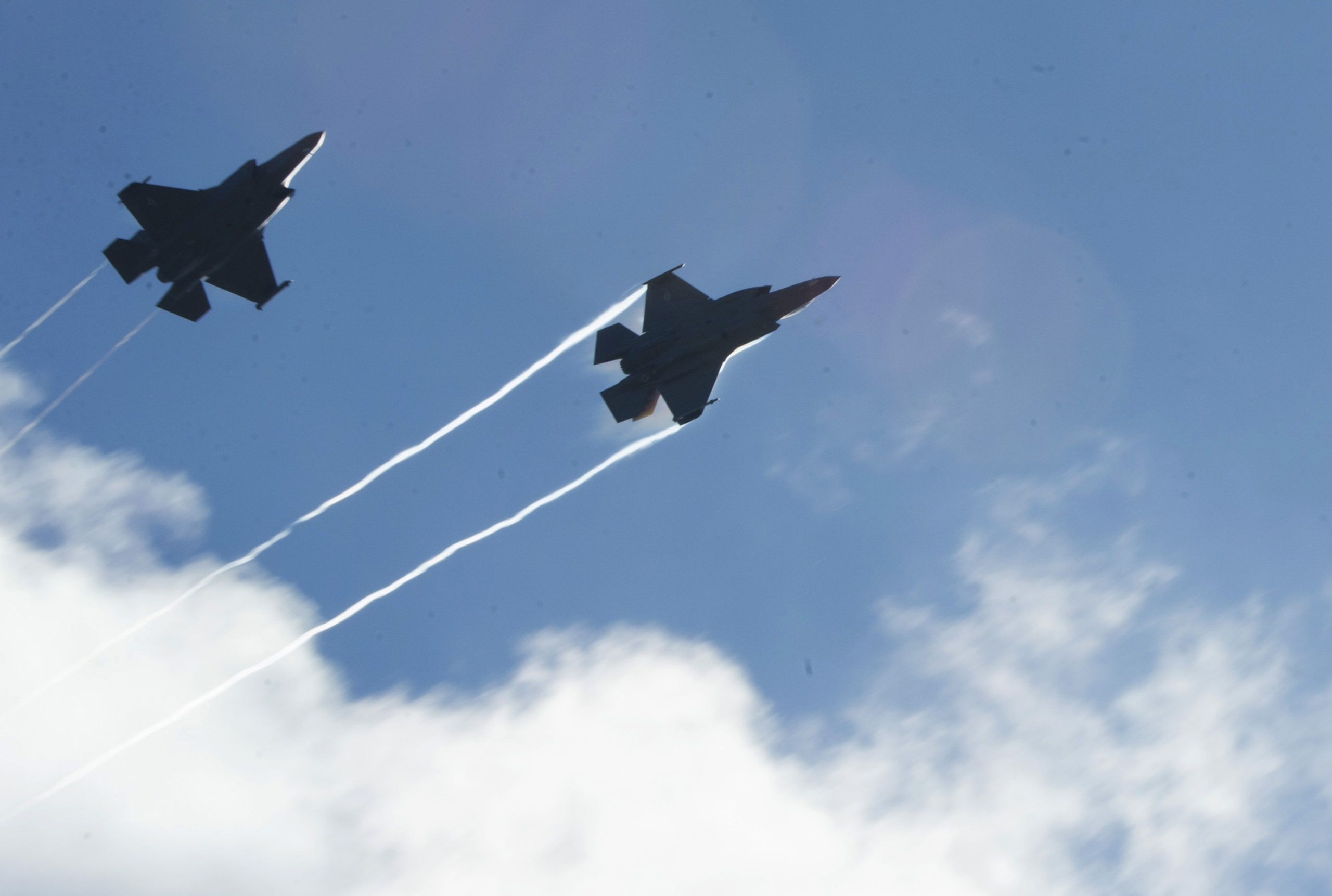The German F-35 Decision: A Driver for Change?
At the end of February 2022, the German chancellor announced a new way ahead with regard to German defense and the immediacy required for upgrading German defense capabilities.
Relatively shortly after that the German government announced a decision to acquire F-35s to replace their gaining Tornados, which provides the current nuclear option for Germany.
Although the F-35 in this sense is “replacing” an aging ground attack aircraft, the F-35 is not literally speaking a replacement aircraft.
As I have argued for many years, the F-35 global enterprise is really about re-norming combat aircraft for 21st century defense.
When I attended the International Fighter Conference in Berlin in 2018, there was a spirited discussion of the F-35 option now versus the wait and acquire a 2040 replacement aircraft via the future combat air system being shaped by France and Spain along with Germany.
The Russians seemed to have shifted the timeline for a needed new fighter to the immediate period, but at the time it was clear that the Luftwaffe wanted the F-35 in the near term.
This how two former Chiefs of the Luftwaffe, one of whom was fired over expressing his publc opinion on the importance for Germany of acquiring the F-35, put it:
“With the decision not to procure the F-35, Italy and Great Britain not only consolidate their leading role in the field of European NATO air forces, they also gain valuable technological Know-how and secure high-tech jobs. Incidentally, both countries are also involved in the Eurofighter, which, despite intended further developments, offers far less high-tech potential in the coming years than the F-35.
“That the F-35 could hardly be beaten in a fair competition is proven by the competitions already held in Norway, Denmark, the Netherlands and Belgium. The F-35 clearly won in all relevant categories against all European and US competitors, including the Eurofighter.
“The performance of the F-35 is undisputed, the operating costs are at a comparable level, especially in the logistical network with the partner nations, and the initial costs are significantly lower than those of a Eurofighter.
“Together with the future European F-35 nations Italy and Great Britain, these European countries will then have the world’s most advanced fighter aircraft, which, with its unique capabilities, will open completely new doors to European and transatlantic military cooperation in operations and operations. Nations like Germany, but also France, will only be in the second or third row.”
With a reversal of this early decision not to procure the F-35, Germany will now join in the broader F-35 enterprise which is delivering Europe’s core air combat capability for the foreseeable future. With the ability of the F-35s to fight as wolfpacks, the ability of Germany to train, learn and evolve their F-35s in conjunction with their core geographical partners and allies will be significant as well.
But the coming of the F-35 to the German forces can have a much wider reaching impact than simply “replacing” the Tornado or even the significant coalition consequences.
The “flying combat system” which is the F-35 triggers further changes in the air-ground-naval forces which German has and will develop.
For example, this decision clearly highlights the importance of Germany building out its force transformation capabilities such as acquiring the CH-53K, a digital aircraft, which the Marines are integrating with the F-35 in shaping their ability to enhance force mobility in the combat space.
And for Germany, moving force to the point of impact against an adversary always looking to exploit the seams in the Alliance, such a capability is crucial.
For Germany to get full value out of its F-35 acquisition, opening up the possibilities for force development and transformation driven by the operation of this aircraft with its allies over the extended battlespace crucial to German and European security.
Featured Photo: U.S. Air Force F-35A Lightning II fighter aircraft, assigned to the 421st Fighter Squadron, Hill Air Force Base, Utah, arrive at Spangdahlem Air Base, Germany, June 11, 2019. Multiple F-35A Lightening II fighter jets are visiting Europe to participate in exercises and conduct training with other Europe-based aircraft as part of a Theater Security Package. (U.S. Air Force photo by Airman 1st Class Jovante Johnson)
For the report on the International Fighter Conference in Berlin in 2018 which includes the discussion of F-35, FCAS, and the way ahead for Germany, see the following:
And Germany is acquiring the aircraft, as both the aircraft and the F-35 global enterprise are evolving as well:

